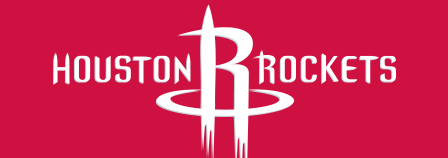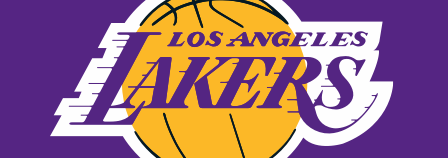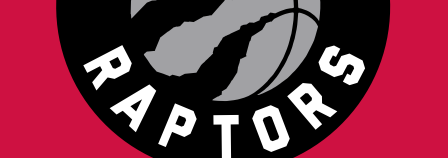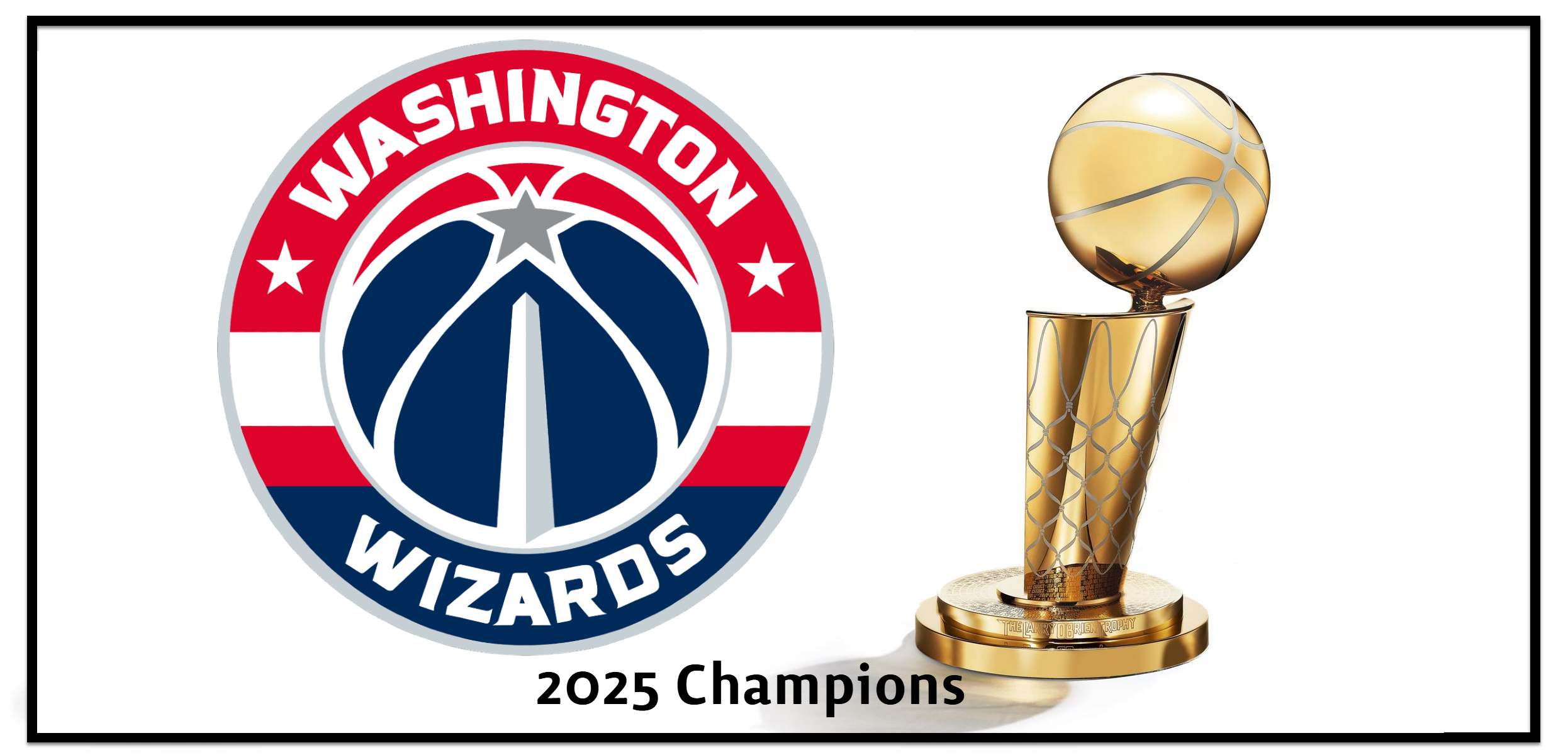NSL Insider - Premium: The Crux of Luxby Nenjabin, updated on Thursday, February 25 2021, 07:56 am EST The Crux of Lux
Every year the great debate rages about league parity and the effect of a minimum salary and the luxury tax that is meant to be the controlling factors in keeping the league as competitive as possible. In a perfect world, a perfect league, every team is out there trying to win every game and go as far as they possibly can into the playoffs. Why? Revenue. Who�s showing up to a game, tuning into a game, that is already considered a forgone conclusion? If there�s no hope, how do the �middle fans� get interested? Hope can of course come in different guises where maybe the win isn�t happening, but you�re viewing the future in a snapshot along the way, but that hope is still centred around winning, eventually.
Minimum The league has ways to try and keep
everyone on this path, but ultimately, free choice usually steps in and without
intangible factors, we as a league stray. The foremost is the leagues minimum
salary. This is where you must spend 90% of the salary cap in a given year, and
if you don�t, you as the owner have to pay the difference between your payroll
and the minimum level to the league to be distributed to the competition.
Basically, if you�re not paying your players enough, the owner cops it anyway,
so he�d rather see something for their money than pay it for nothing. This is
probably where we as a league differentiate the most as we see being below the
cap as a great thing, the more the better, and the consequence is minimal. In
the NBA there are only three (3) teams below the salary cap, and only one
marginally below the minimum.
However, we have 8 teams below the cap, and 4 below the minimum, and not just below minimum, waaaayyyy below minimum. The Celtics are the biggest offenders with a whopping $44.5mil below the salary cap and ~$34mil below the minimum. In the NBA, you�d probably be fired for this. Why? You�re making your owner take loss after loss, while you�ve got an extra $45million available to you to sign players, likely better players, to create more revenue. And frankly the guy is going to pay $34million to the league for ZERO return. Here, this is fine because the consequence is only 34 GM point fine and that�s it. You�re choosing not to win, and the leagues parity suffers. Minnesota are next in line, and they�re still $31mil below, and a fine of 20 GM. Memphis at $22mil and 12 and finally Cleveland at $13mil and 3. Simply put, with this much of a salary divide, it�s clear there are going to be some stacked teams on the other side of the ledger and while it�s all legal, the personal choice to not try ends up causing the disparity. Salary cap space is becoming more valuable though, and with teams having more hope in free agency, we�d hope to see these things close up. A minimum salary fine hike is also likely on the cards for future seasons.
Luxury On the other side of the ledger, we
have the more talked about, Luxury Tax. Lux is meant to work as a deterrent to
over spending, and thus keep the competition within the confines of 90%-120% of
the salary cap, which should minimise disparity. This deterrent is in the same
vein as placing a minimum salary, where owners are made to choose whether they
want to send money to the competition that is possibly no gain. I say possibly,
because naturally, unlike Minimum, if you�re over the lux then you are likely
to have at least a handful of good players on big salaries and therefore you�d
be gaining wins/revenue. So the economic juggle begins. This is why Lux is
charged at a steeper rate than a minimum salary fine. The higher you go, the
more you spend, so the more sure you need to be that the players you are paying
are worth it to you. The fines here are somewhat out of hand unless truly
managed!
Straight up, you see how the fines grow exponentially. The way they are charged is on a cumulative bracket basis per million over, rounded up. So if you�re $8mil over, you get charged 5X2 = 10, + 3X3 = 9, = 19. And if you�re $23mil over, you get charged (5X2)+(5X3)+(5X4)+(5X5)+(3X6) = 88 GM
As you can see, the Bulls are far and away the highest offenders this year and even if they manage to max out their GM points, they are going to be in a massive GM point hole for the rest of the year with limited time and resources to not only get back to the positive, but then also build for the upcoming free agency period. If you cannot pay the fine upon signing a player, any player, by being in the positive at the time of signing, then you cannot sign a player. Let alone free agent bidding! Denver and Dallas will have to be weary of this too, but have less work to do to get back in the positive, assuming they are maxed out upon fine time. This is understandably a juggle by these teams as to the chances of winning and paying all these guys, wile also being subject to the lack of desire to fully utilise cap space from the teams below. What are the risks and are they worth going all out for it?
The Conclusion The Lux/Min conundrum is where the NSL and the NBA truly differs. In the NBA there are 7 teams in the Lux and 12 teams that are within $5mil of the lux tax threshold. Here in the NSL though, we have 14 teams in the Lux and only 2 teams within $5mil of the threshold. We also have 8 teams operating over the Hard Cap line (legally), while the NBA has only 3. For those playing at home, this means that we have 14 teams paying extra because of overpaying, and 4 teams paying extra because of underpaying, and only 8 teams operating between the salary cap and the luxury cap. While the NBA has 7 teams overpaying, 1 team underpaying and 20 teams between the salary cap and the luxury cap. Basically, we have far too many teams in the rebuild bracket and not taking on salary unless paid to take on bad deals as they aren�t looking to get better, and that also curtails into far too many teams paying a boatload of salary and fines. The disparity in salary is going to level out along the way, it can�t not, but there has to be a time when the teams with space decide to go after some big salary players in free agency and teams with big salary players end up not being able to keep them whether it be by excessive fines or simply because they cannot retain them. In the end, the rules are there to try and keep order, but free choice rules the day. |
Archive |























